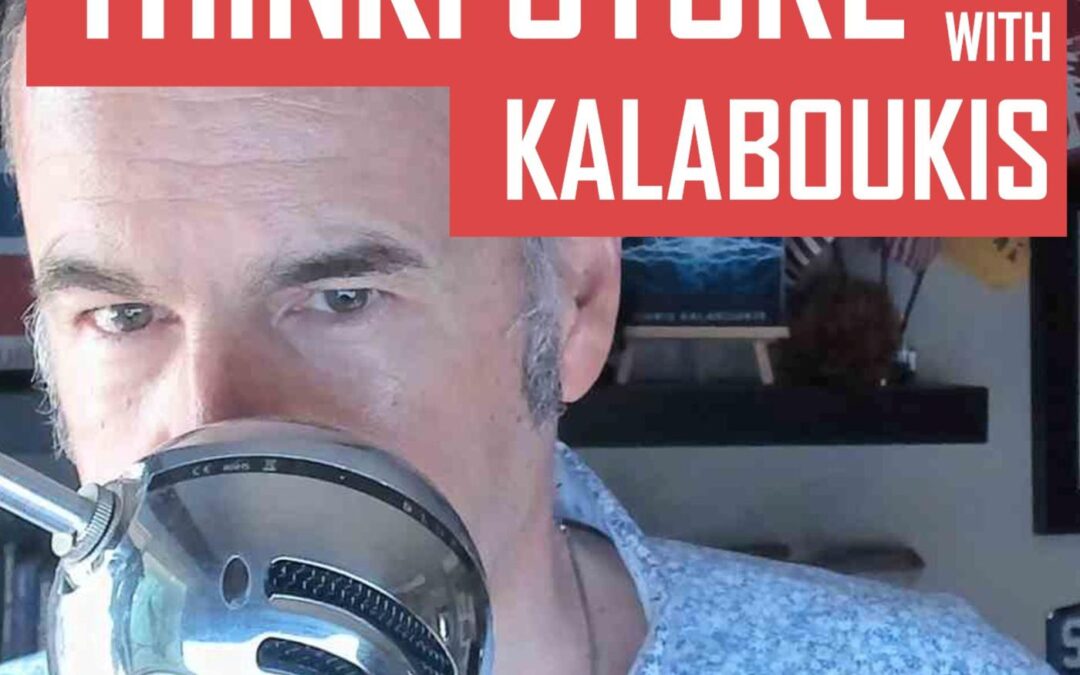


The Life of a Corporate Innovator, as Told in 3 Sonnets
Day 1
Oh innovation, a journey just begun
A bold quest filled with challenges, risks, and dreams,
A path of creativity, knowledge and fun,
That will bring change, growth and a brighter scene.
Do not be afraid, though unknowns abound,
For greatness starts with small unsteady steps
Take courage and embrace each change that’s found,
And trust that success will be the final event.
Remember, every challenge is a chance,
To learn, grow, and shape thy future bright,
And every obstacle a valuable dance,
That helps thee forge a path that’s just and right.
So go forth, my friend, and boldly strive,
To make innovation flourish and thrive.
The Abyss (Death and Rebirth)
Fight on corporate innovator, who art so bold
And brave despite the trials that thou hast,
Thou hast persevered through promises cold,
And fought through budget cuts that came so fast.
Thou hast not faltered, nor did thou despair,
Despite the lack of resources at thy door,
Thou hast with passion, worked beyond repair,
And shown a steel spine that’s hard to ignore.
Thou art a shining example to us all,
A beacon of hope in times that are so bleak,
Thou art a hero, standing tall and strong,
And leading us to victories that we seek.
So let us celebrate thy unwavering faith,
And honor thee, innovator of great grace.
The Triumph
My dear intrapreneur, well done,
The launch of thy innovation is a feat,
A result of years of hard work, and fun,
That sets a shining example for all to meet.
Thou hast persevered through many a trial,
With unwavering determination and drive,
And now, thy hard work doth make thee smile,
As thy business doth grow and thrive.
This triumph is a testament to thee,
Of thy creativity, passion, and might,
And serves as a reminder of what can be,
When we pour our hearts into what is right.
So let us raise a glass and celebrate,
Thy success, and the joy innovation hath created!
These sonnets were created with the help of ChatGPT

Innovation + Talks

Nelnet Innovation Week

The AI Apocalypse is Here (3 Reasons You Should Celebrate!)
Whelp, the apocalypse is upon us. Again.
This time the end of the world is brought to you by AI.
How else do you explain the unending stream of headlines declaring that AI will eliminate jobs, destroy the education system, and rip the heart and soul out of culture and the arts? What more proof do you need of our imminent demise than that AI is as intelligent as a Wharton MBA?
We are doomed!
(Deep breath)
Did you get the panic out of your system? Feel better?
Good.
Because AI is also creating incredible opportunities for you, as a leader and innovator, to break through the inertia of the status quo, drive meaningful change, and create enormous value.
Here are just 3 of the ways AI will help you achieve your innovation goals.
1. Surface and question assumptions
Every company has assumptions that have been held and believed for so long that they hardened into fact. Questioning these assumptions is akin to heresy and done only by people without regard for job security or their professional reputation.
My favorite example of an assumption comes from the NYC public school district whose spokesperson explained the decision to ban ChatGPT by saying, “While the tool may be able to provide quick and easy answers to questions, it does not build critical-thinking and problem-solving skills, which are essential for academic and lifelong success,”
Buried just under the surface of this statement is the assumption that current teaching methods, specifically essays, do build critical thinking and problem-solving skills.
But is that true?
Or have we gotten so used to believing that essays demonstrate critical thinking and problem-solving that we’ve become blind to the fact that most students (yes, even, and maybe especially, the best students) follow the recipe that produces an essay that mirrors teachers’ expectations?
Before ChatGPT, only the bravest teachers questioned the value of essays as a barometer of critical thinking and problem-solving. After ChatGPT, scores of teachers took to Tik Tok and other social media platforms to share how they’re embracing the tool, using it alongside traditional tools like essays, to help their students build skills “essential for academic and lifelong success.”
2. EQ, not IQ, drives success
When all you need to do is type a question into a chatbot, and the world’s knowledge is synthesized and fed back to you in a conversational tone (or any tone you prefer), it’s easier to be the smartest person in the room.
Yes, there will always be a need for deep subject-matter experts, academics, and researchers who can push our knowledge beyond its current frontiers. But most people in most companies don’t need that depth of expertise.
Instead, you need to know enough to evaluate the options in front of you, make intelligent decisions, and communicate those decisions to others in a way that (ideally) inspires them to follow.
It’s that last step that creates an incredible opportunity for you. If facts and knowledge were all people needed to act, we would all be fit, healthy, and have absolutely no bad habits.
For example, the first question I asked ChatGPT was, “Why is it hard for big companies to innovate?” When it finished typing its 7-point answer, I nodded and thought, “Yep, that’s exactly right.”
The same thing happened when I asked the next question, “What should big companies do to be more innovative?” I burst out laughing when the answer started with “It depends” and then nodded at the rest of its extremely accurate response.
It would be easy (and not entirely untrue) to say that this is the beginning of the end of consultants, but ChatGPT didn’t write anything that wasn’t already written in thousands of articles, books, and research papers.
Change doesn’t happen just because you know the answer. Change happens when you believe the answer and trust the people leading and walking alongside you on the journey.
3. Eliminate the Suck
Years ago, I spoke with Michael. B Jordan, Pixar’s Head of R&D, and he said something I’ll never forget – “Pain is temporary. Suck is forever.”
He meant this, of course, in the context of making a movie. There are periods of pain in movie-making – long days and nights, times when vast swaths of work get thrown out, moments of brutal and public feedback – but that pain is temporary. The movie you make is forever. And if it sucks, it sucks forever,
Sometimes the work we do is painful but temporary. Sometimes doing the work sucks, and we will need to keep doing it forever. Expense reports. Weekly update emails. Timesheets. These things suck. But they must be done.
Let AI do them and free yourself up to do things that don’t suck. Imagine the conversations you could have, ideas you could try, experiments you could run, and people you could meet if you no longer have to do things that suck.
Change is coming. And that’s good news.
Change can be scary, and it can be difficult. There will be people who lose more than they gain. But, overall, we will gain far more than we lose because of this new technology.
If you have any more doubts, I double-checked with an expert.
“ChatGPT is not a sign of the apocalypse. It is a tool created by humans to assist with language-based tasks. While artificial intelligence and other advanced technologies can bring about significant changes in the way we live and work, they do not necessarily signal the end of the world.”
ChatGPT in response to “Is ChatGPT a sign of the apocalypse?”